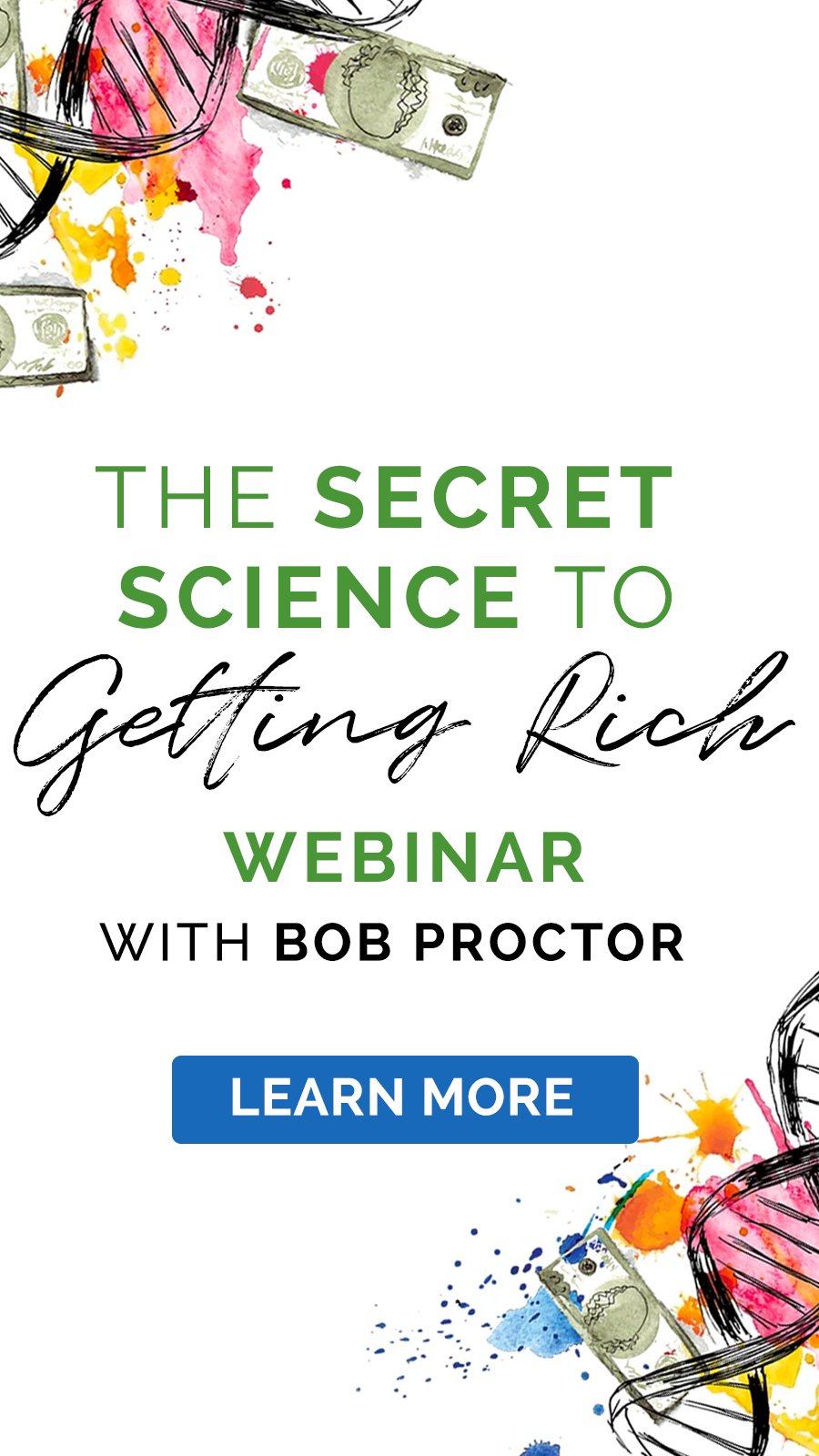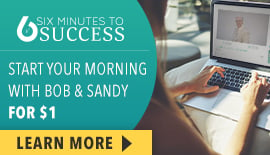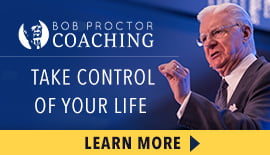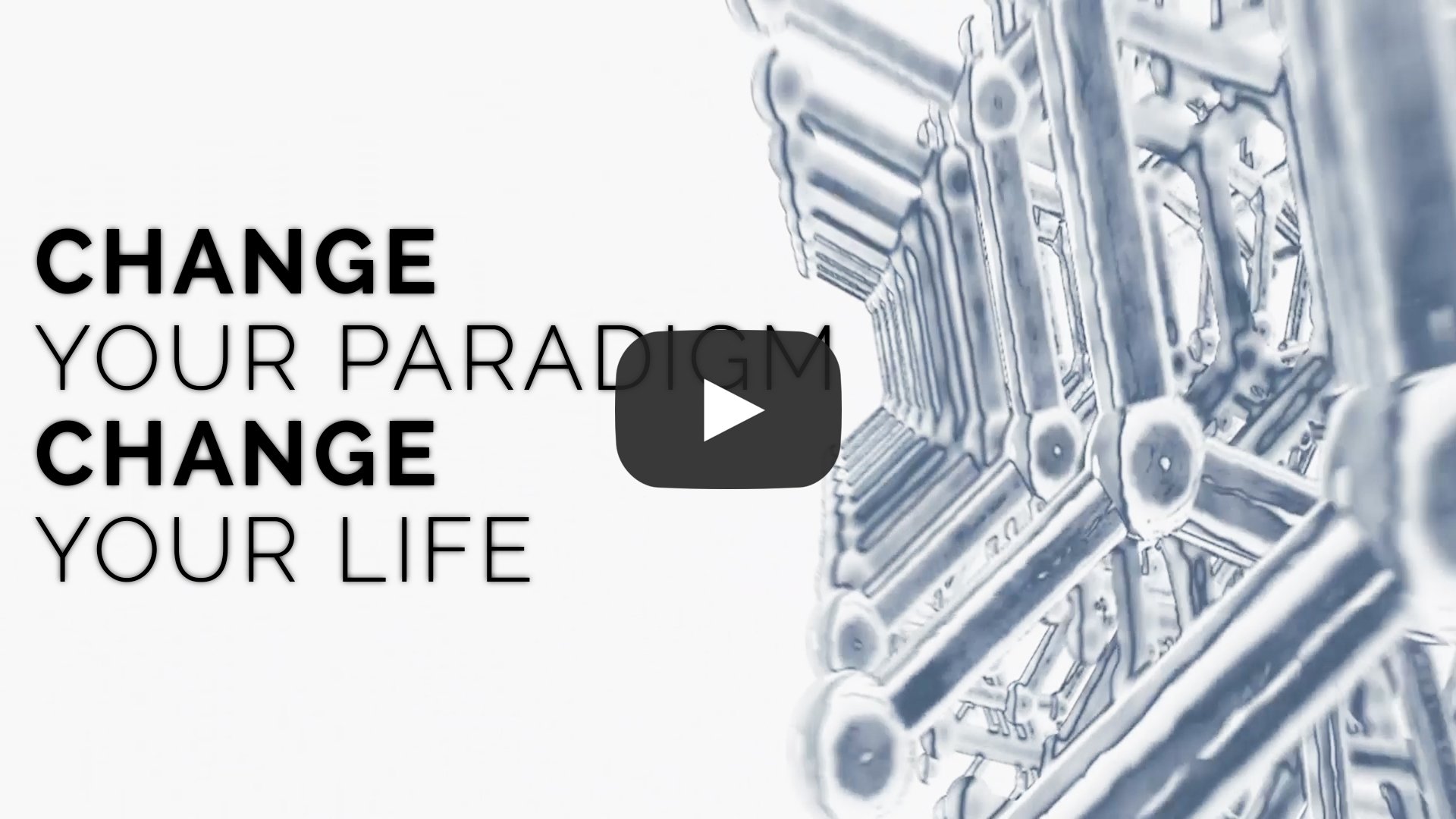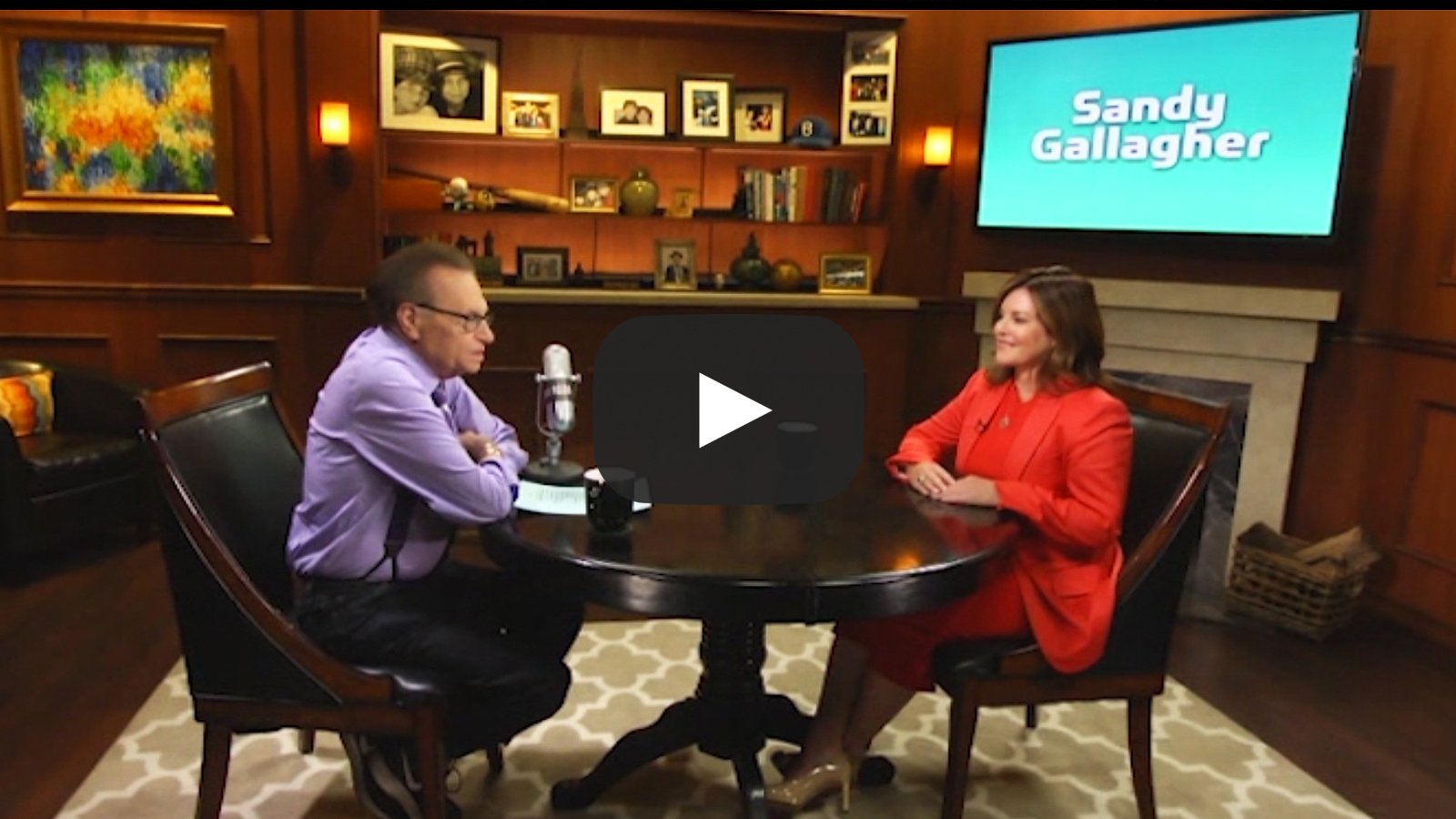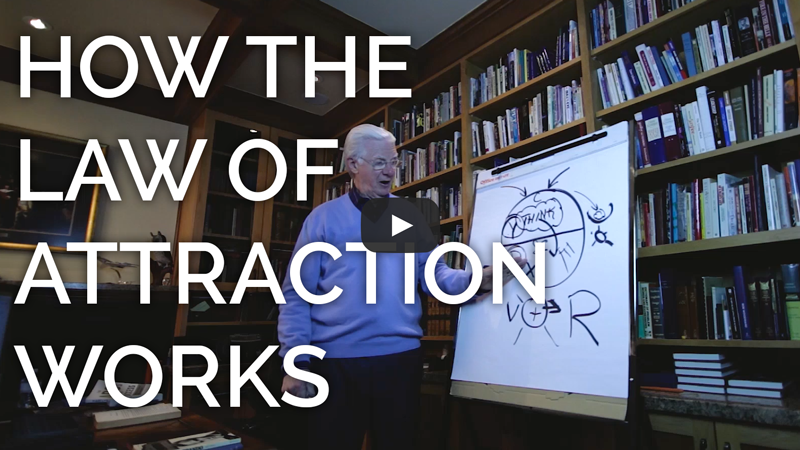
They show up in our conversations, books, families, careers, social life, movies, and companies of all types.
They are new or old, big or small, comfortable or uncomfortable.
What am I talking about?
Paradigms.
Paradigms in the Business World
In his book Future Edge, Joel Barker defines a paradigm, as it relates to business, as “a set of rules and regulations that does two things:
1) it establishes or defines boundaries and
2) it tells you how to behave inside those boundaries in order to be successful.
Paradigms are not simple. An organization or group has many active paradigms that can overlap each other. Fortunately, these paradigms can be useful, allowing the business and its employees to keep growing and innovating. However, they also can be too limiting and prevent groups from finding new and better ways to succeed.
No Paradigm is Sacred
What does it mean when paradigms within an organization conflict with each other?
Either a change is occurring, or a change must occur.
In a video called “The Business of Paradigms,” Barker shares several well-known paradigm shifts that occurred when people or an organization held tightly to an old paradigm.
In one example, Barker talks about the Swiss Watch industry and how they rejected digital technology and stuck with their sacred mechanical designs.
Their market share was decimated within ten years as the Japanese took control of the industry. The Swiss failed to recognize the paradigm shift, and their business suffered tremendously for it.
Why People Find Change So Difficult
One of the primary reasons people resist change is because it’s a step into the unknown.
The problem is we can’t avoid change; it is a fact of life. So, unless and until companies accept that change is inevitable and necessary for growth, they will wither and die.
A paradigm shift requires awareness, desire, and a committed decision to be and do better.
Paradigm Shifters in the Workplace
Paradigms become so engrained in our culture that we can’t see anything that falls outside of them. So, organizations can end up missing vital information because it doesn’t fit within the paradigm’s boundaries.
So how can they “open their eyes”?
One of the fastest ways for a group or organization to shift a paradigm is by hiring new people or bringing in “outsiders” who haven’t been paralyzed by the company’s accepted norms and practices.
New hirers and outsiders increase the diversity of thought within the organization and make it much easier for people to see beyond their self-imposed limits.
Diversity is a powerful force in helping to initiate paradigm shifts.
Avoid the Fate of the Swiss Watch Industry
The world is changing faster now than ever before. And every organization needs to keep pace.
In business, sticking with practices year after year simply because that’s the way “we do things” is a losing strategy. Every company needs to be aware of changes in the market and economy so they can innovate and stay competitive.
To keep growing, we must re-evaluate workplace practices and take steps to change them when necessary. Not doing so puts the business in jeopardy.
To keep employees engaged and willing to come up with new ideas, approaches, and practices, companies should:
• Create an atmosphere where employees feel empowered, have a sense of purpose, and realize there are no limits on what they can do or where they can go in the company.
• Encourage each individual to ask themselves questions like, “am I doing my best” and “how am I helping to make our customers’ lives better or easier”?
• Provide opportunities for people to align with their passions so that their job isn’t ‘just a job;’ it’s something they really enjoy. They will strive to bring the ‘whole person’ to their work instead of just completing their assigned tasks.
• Teach and promote self-awareness, personal and professional growth, and service.
• Embrace diversity, creativity, and new ideas.
Shift Your Paradigm and Become More Successful at Work
To make sure that you are always stretching and bringing your best self to your personal and work life, adopt the practices that Bob and I encourage the PGI team to engage in each day:
1. Practice gratitude. Expressing gratitude shifts your energy instantly. It puts you in harmony with your source of supply so that the good in everything moves toward you.
As Wallace Wattles put it, “The grateful mind is constantly fixed upon the best. Therefore, it tends to become the best.”
2. Have a good attitude. When your attitude shifts, everything in your world, begins to shift. All things being equal, the person with the best attitude will win—at work and in life. Other things not being equal, the person with the best attitude usually wins.
3. Do more than you are paid for. You cannot be successful in life without serving others and doing more than you are paid for. The more people you provide useful service to, the more successful you will be and the greater rewards you will receive.
If you’re not convinced this is true, think for a minute about a time when you have done more than you were paid or expected to do. What have been the results? They might not have always been financial; however, in hindsight, I am sure you have noticed other benefits.
4. Tap into your creativity. In today’s fast-moving and digitally-focused world, creativity is not just nice to have. It’s an absolute must if you want to stay inspired at work, stand out from the crowd, and enhance your long-term career — no matter what you do for a living.
To boost your potential for inspired and diverse thought, you have to open the door to new ways of sparking your creativity and allowing your inner genius to shine through.
5. Work with a sense of urgency. Many people are always busy, but they accomplish little. However, if you want to distinguish yourself and perhaps initiate an organizational paradigm shift, focus on getting a lot done in a short period.
By working with a sense of urgency, you will create memorable and outstanding work that leads to greater success for you and your company.
6. Act like the person you want to become. When you imagine your future, and you think of what it feels like to be living your dream, you create an ideal picture of you in your mind.
This ideal you acts a certain way, talks a certain way, and exudes confidence. The new you dresses differently, makes decisions quickly, and lives life much differently than you do now.
What most people don’t realize is that they need to actually become this person BEFORE they can start to reach their goals.
So, starting today, when you have a decision in front of you—whether it’s to get out of bed early or to pitch an idea to your boss or client, think about what the person you want to become would do, and then do that.
Make these six things a habit, and not only will your life change, but you’ll also be a positive influence on everyone you come into contact with—on or off the job.
To more and better,
Sandy Gallagher
P.S. Download the Workplace Habit Tracker today. Not only will it help you measure if you are doing your daily routine, it also will help you learn more about yourself.

